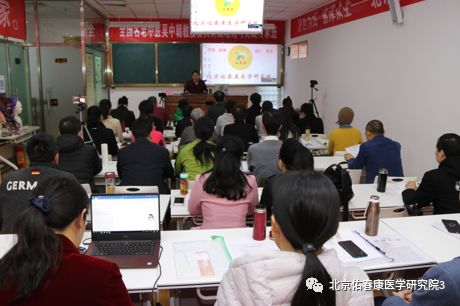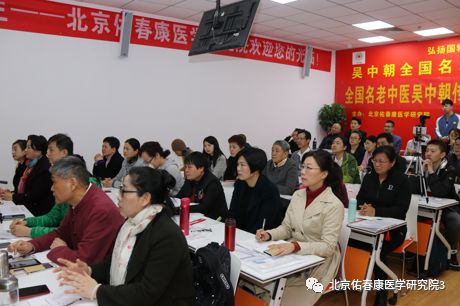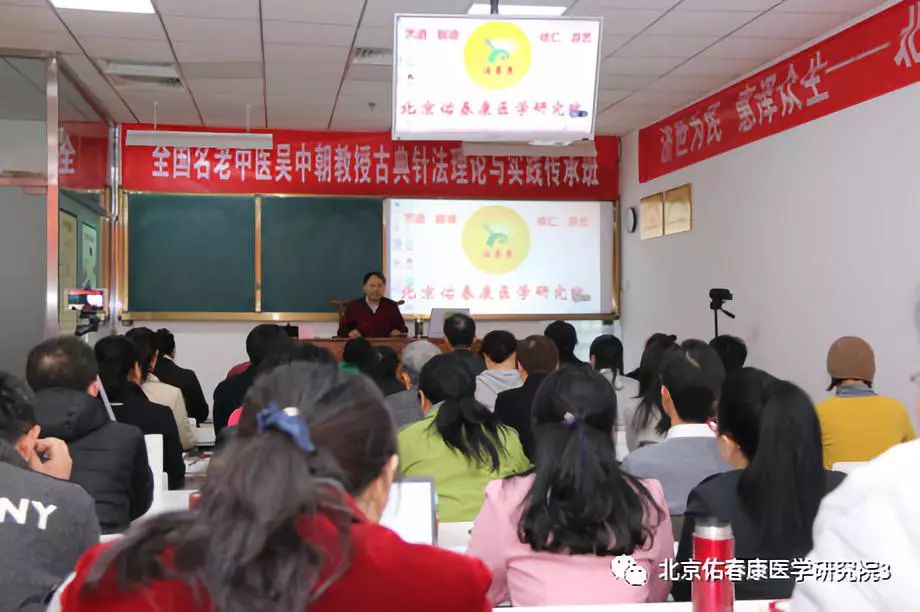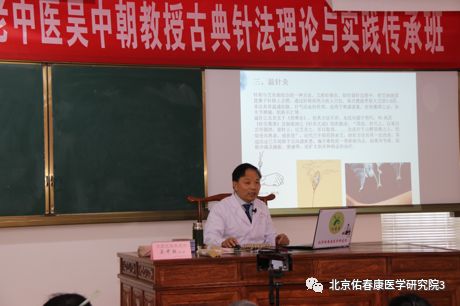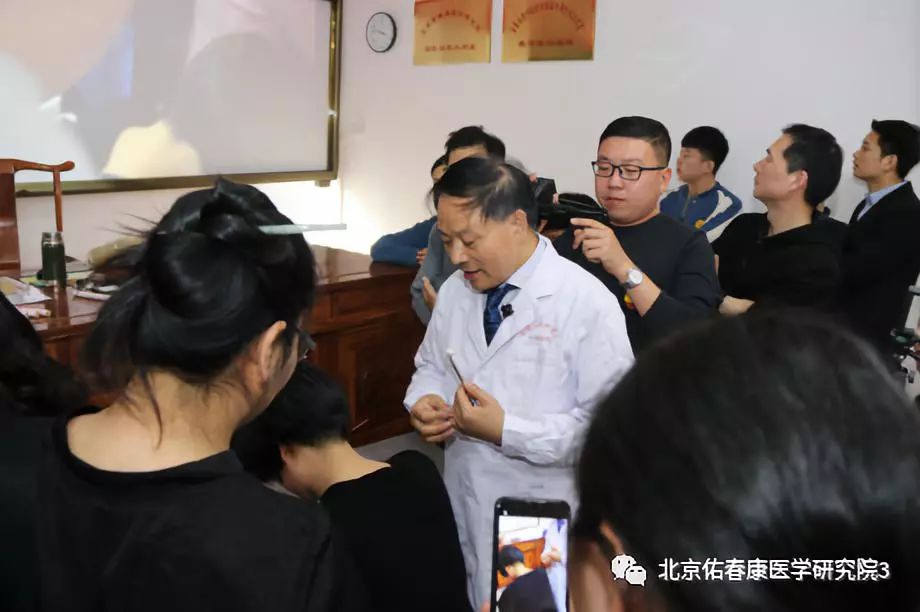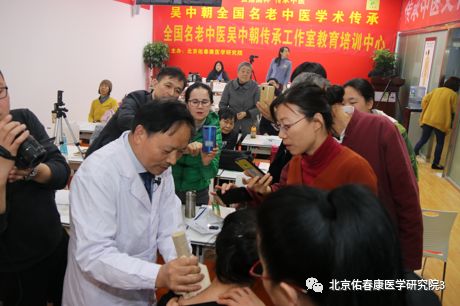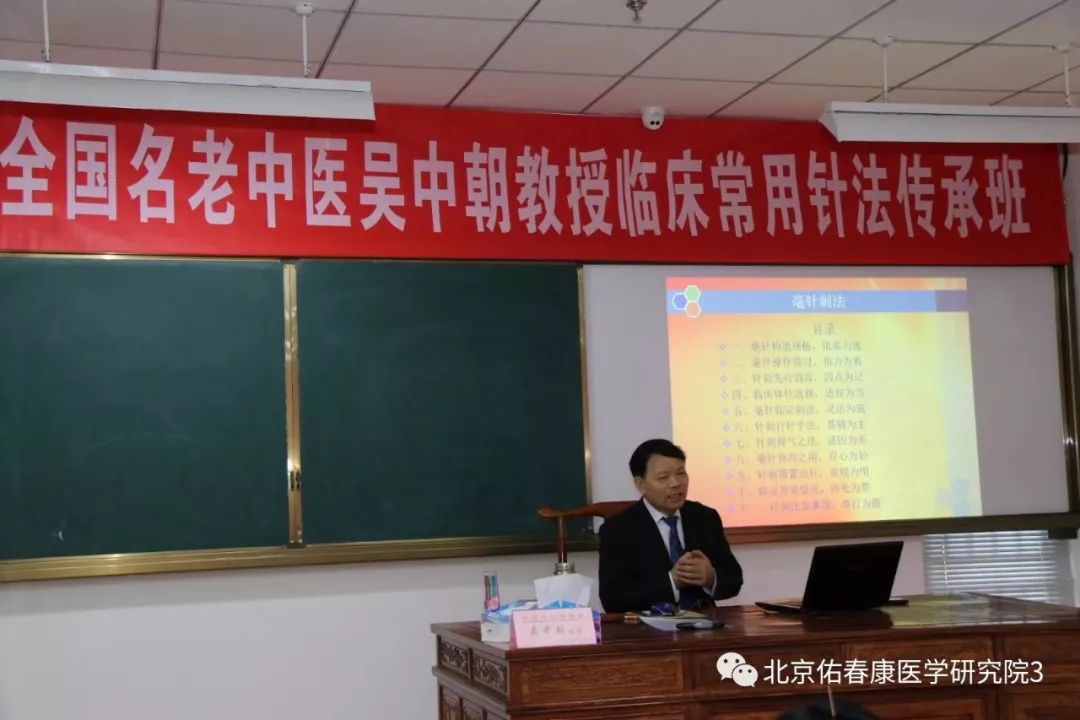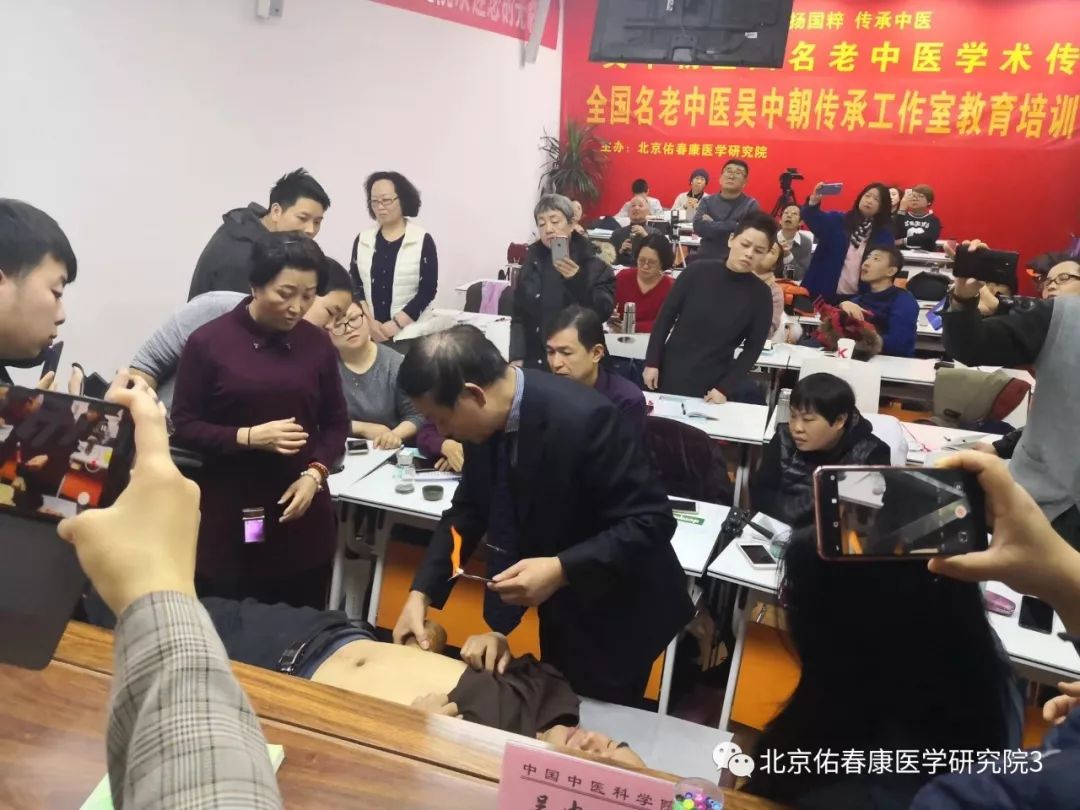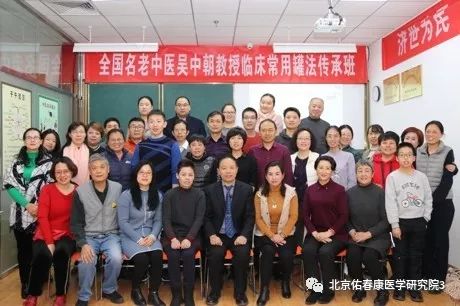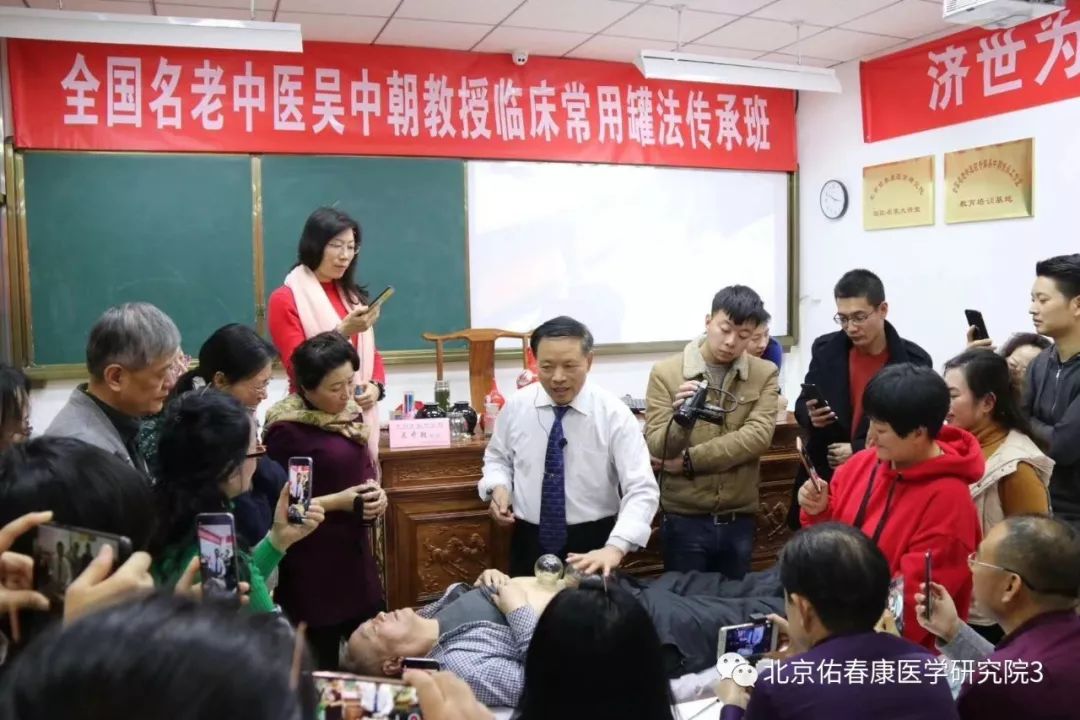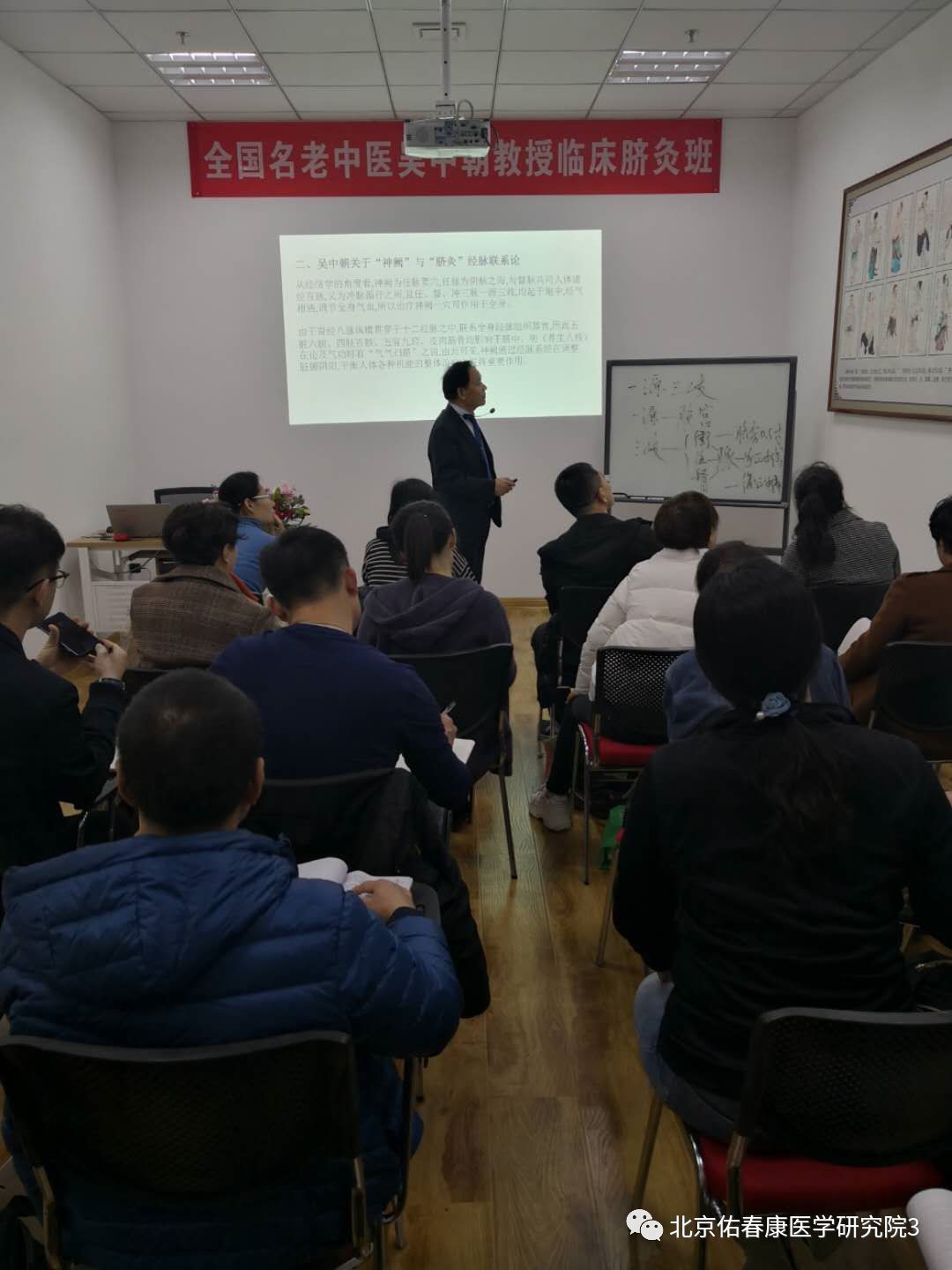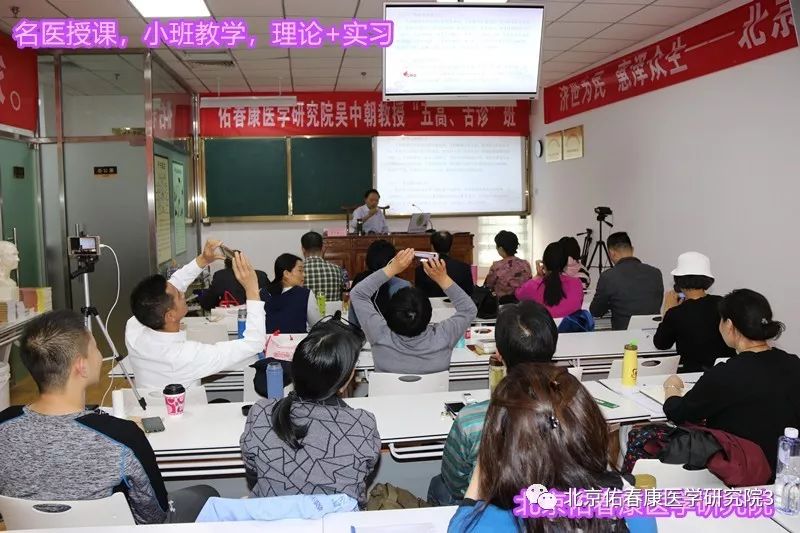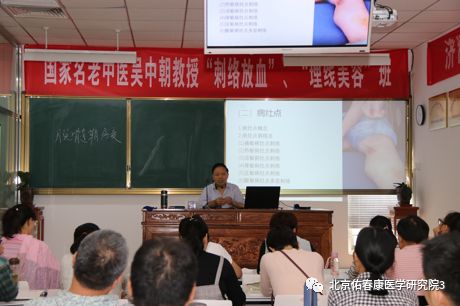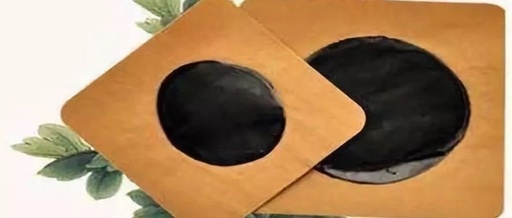
“Gaoji” includes ointments, plasters, and medicinal pastes (commonly known as “Gaozi medicine”). Gaoji is one of the traditional forms of Chinese medicine, known for its nourishing properties, hence also called Gaozi. In ancient times, it was referred to as thin patches, made by boiling medicinal herbs with plant or animal oils into a gel-like substance, which can be applied to cloth, paper, or skin and adhered to the affected area for an extended period. It is primarily used to treat sores, reduce swelling, and alleviate pain. As early as ancient times, Chinese medical practitioners stated: “Plasters can cure diseases, no different from decoctions; when used correctly, their effects are immediate.“ Its advantages include being concentrated, small in size, and easy to use. Additionally, Gaoji often contains honey or sugar, which has a nourishing and strengthening effect, making it commonly used in TCM for chronic diseases, and it is considered one of the better forms among nourishing medicinal preparations.
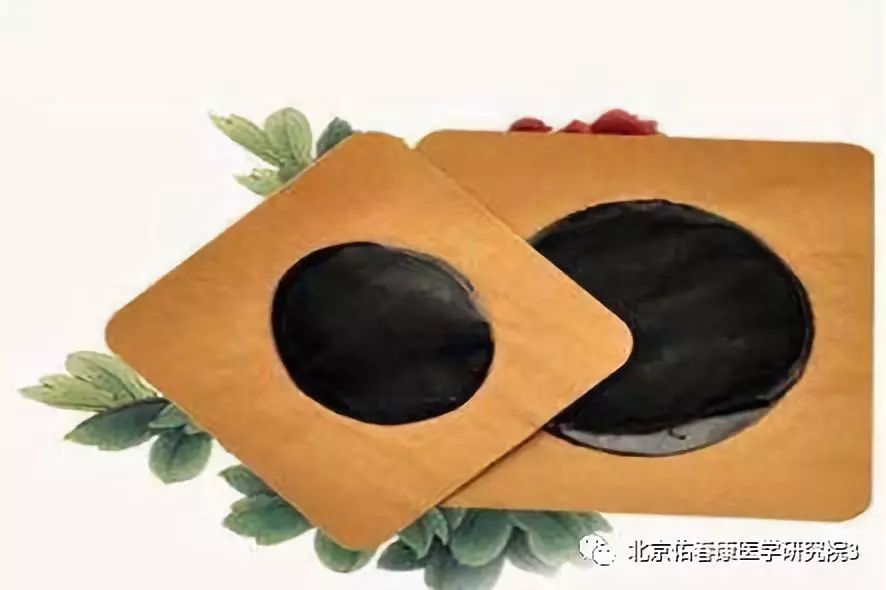
1. Classification of Traditional Chinese Medicine “Gaoji”:
Ointments (external use), also known as soft ointments or oil ointments, are made by mixing medicinal powders (or extracted active ingredients) with a base of plant or animal oils, honey, lanolin, or petroleum jelly. They provide protective, moisturizing, and smoothing effects on the skin. The ointment base is semi-solid at room temperature, has a certain fluidity, but when applied to the skin or mucous membranes, it can gradually harden or dissolve, allowing the active ingredients to be slowly released and exert their effects over time. They are commonly used for skin ulcers and swellings, such as Guizhi Zhi Liao Gao (Cinnamon Twig Healing Ointment), Jinhuang Gao (Golden Yellow Ointment), Sanhuang Ruan Gao (Three Yellow Soft Ointment), and Chuanxinlian Ruan Gao (Andrographis Soft Ointment).
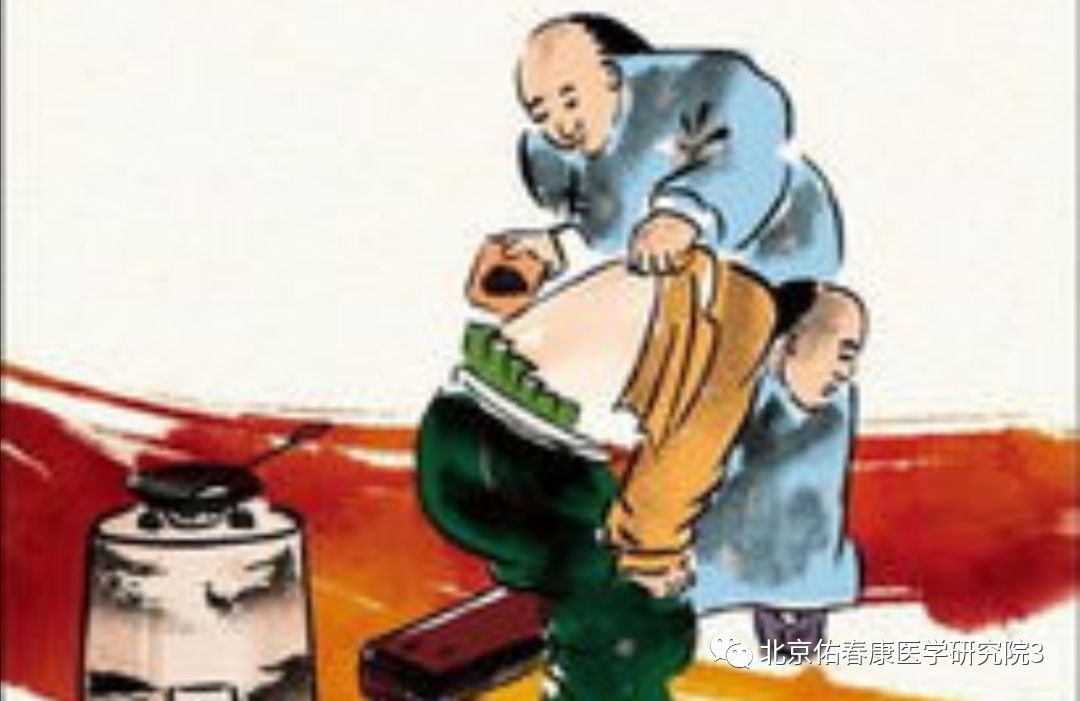
Plasters (external use), also known as hard plasters, are made by boiling medicinal herbs in oils to a certain consistency, removing the residue, and applying the paste to cloth or paper. They are mainly used for injuries, rheumatism, and ulcers, such as Shexiang Jietong Gao (Musk Pain Relief Ointment) and Goupigao (Dog Skin Plaster). When applied to the affected area or acupoints, they have local or systemic therapeutic effects.
Medicinal pastes (“Gaozi medicine”) refer to the process of boiling herbal slices with water, filtering out the dregs, and then heating and concentrating the herbal juice, adding sugar, honey, and other auxiliary materials to create a thick semi-fluid form, which is the current medicinal paste or winter tonic paste.
Classification of medicinal pastes (“Gaozi medicine”):
1. Classification by processing method:
(1) Water paste: The herbal juice is heated and concentrated without adding any other auxiliary materials, also known as clear paste.
(2) Pure paste: Plant-based auxiliary materials such as maltose, sucrose, or honey are added to the water paste during the boiling process, also known as sugar paste or honey paste.
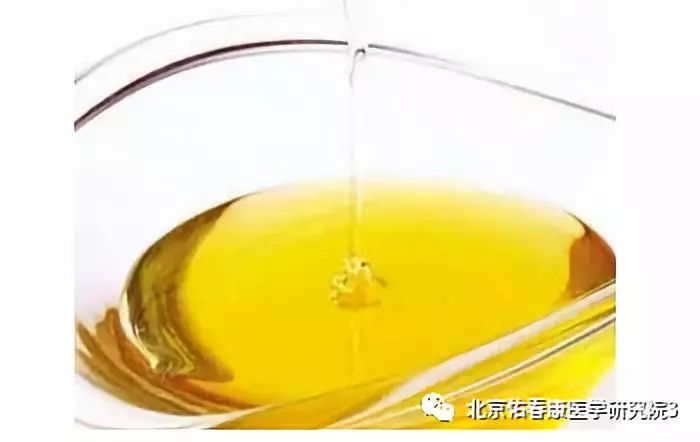
(3) Meat paste: A pure paste with the addition of animal-based gels, such as Ejiao (Donkey-hide Gel), Gui Ban Jiao (Tortoise Shell Gel), or Lu Jiao Jiao (Deer Antler Gel).

2. Classification by source of production:
(1) “Commercial Gaozi medicine”: Selected effective formulas (historically recorded or included in pharmacopoeias) are processed in batches by pharmaceutical companies and sold as proprietary Chinese medicines (e.g., Shiquan Dabu Gao (Ten Complete Nourishing Ointment), Renshen Zhibao Gao (Ginseng Nourishing Ointment), Dongtian Changchun Gao (Cave of Eternal Spring Ointment)).
(2) Custom Gaozi medicine (tailored formulas): Physicians prescribe based on the individual’s constitution and clinical manifestations, creating personalized formulas processed by qualified retail, production, or medical units.
2. Applications of external plasters:
External Gaoji is widely used in dermatology and surgery; some provide protective effects on the skin, while others offer local treatment effects on the skin or mucous membranes, and some exert systemic therapeutic effects through the skin or mucous membranes.
1. Ointments:
Ointments refer to a semi-solid external preparation made by mixing drugs with suitable bases for application to the skin, mucous membranes, or wounds. Ointments are favored for their convenience, stability, and good solubility.
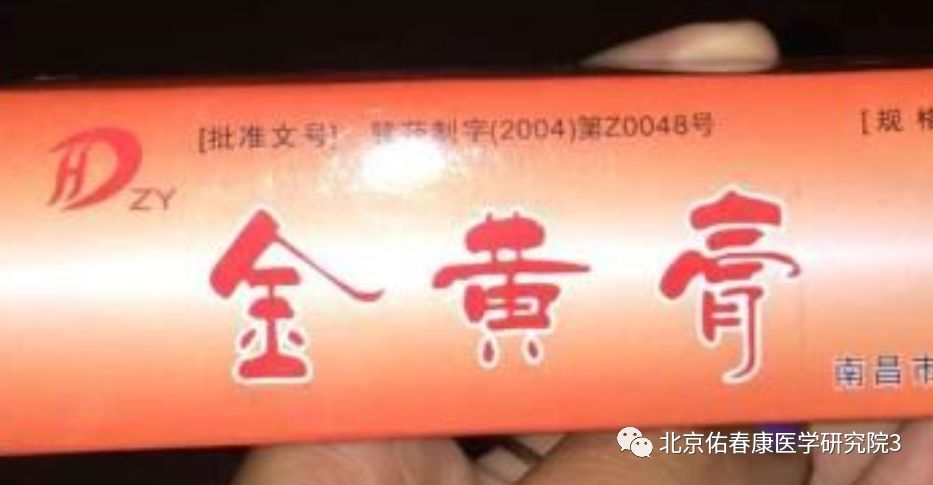
Usage: Before use, wash your hands thoroughly, and it is best to soak the affected area in warm water for 2-3 minutes to clean or moisten the skin with a clean damp cloth. After drying the skin, apply the ointment as per the instructions, gently massaging the area to facilitate absorption. Ointments contain less oil, are less likely to stain clothes, and are suitable for hairy areas of the scalp and body.
Precautions: If redness, rash, or itching occurs after using the medication, discontinue use immediately and wash the affected area with clean water.
2. Hard plasters:
Hard plasters are sticky preparations for external application. They are made by mixing drugs with suitable bases and are often evenly applied to cotton cloth or other backing materials, sometimes with many small holes on the backing. When applied to the skin, the drugs enter the meridians through the skin pores, achieving effects such as relaxing muscles, activating collaterals, resolving stasis, and dispersing cold. Common types include adhesive bandages (i.e., rubber plasters) and plasters (e.g., injury plasters).
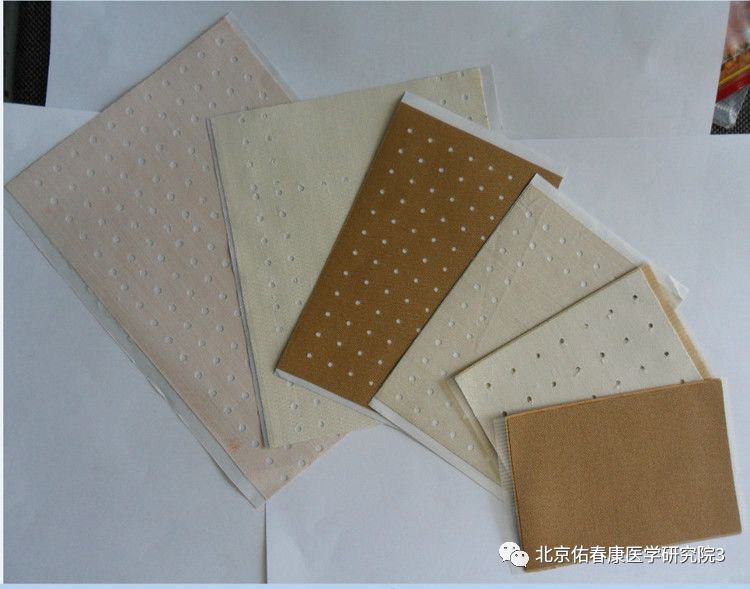
Usage: Before using the plaster, clean and disinfect the application area. Remove any blockages from hair follicles, stratum corneum, and sebaceous glands to facilitate drug absorption and avoid secondary infections.
3. Precautions for plaster use:
1. Use medication at different times based on the condition. For muscle or joint ligament sprains and bruises, do not apply pain-relieving plasters to the injured area; it is generally advisable to use them 12-24 hours after the injury.
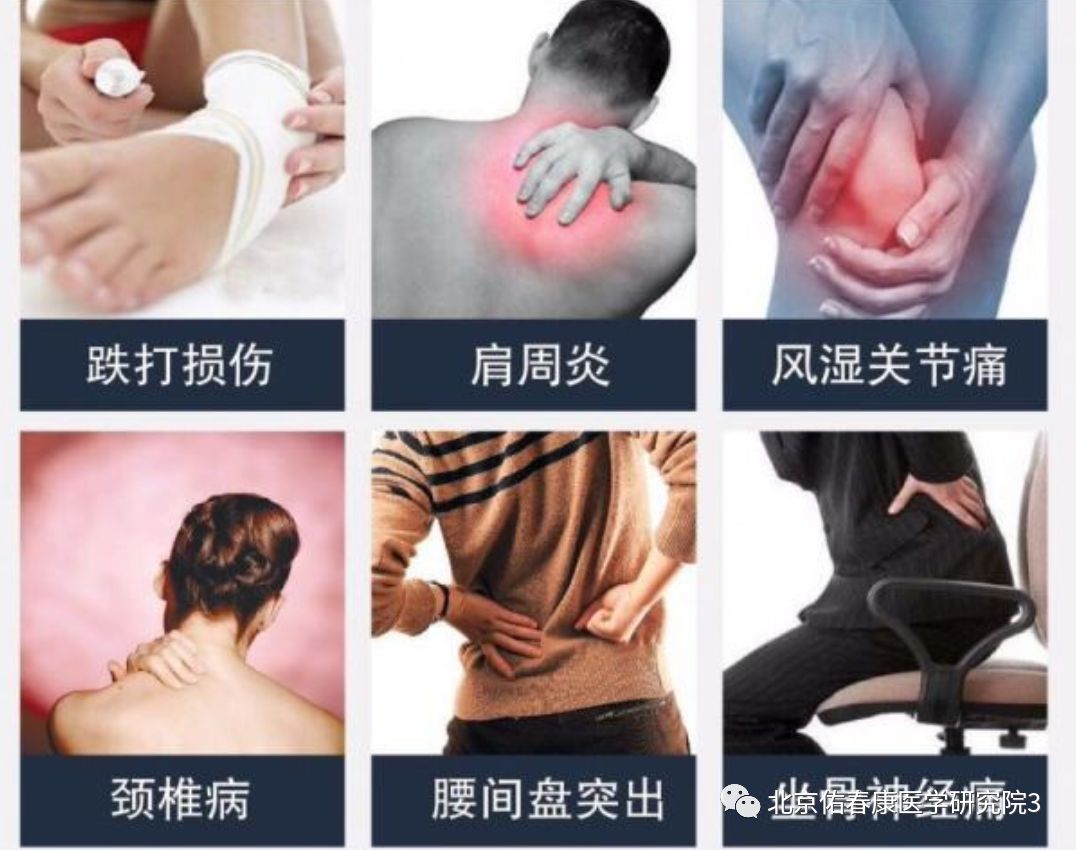
2. Use plasters according to the treatment course.
3. Adjust the amount of plaster based on the extent of the lesion, generally requiring coverage of the affected area.
4. Generally, plasters should be changed once a day or every half day, depending on the duration of the drug’s efficacy and the condition.
5. Between two plaster changes, the affected area should be cleaned, allowing a 1-2 hour interval for the skin to rest.
6. Patients with skin diseases should use plasters containing irritating drugs with caution. Any plaster containing aromatic or blood-activating ingredients such as Chuanxiong (Szechuan Lovage), Myrrh, Safflower, or Peach Kernel is contraindicated for women during menstruation and for pregnant women.
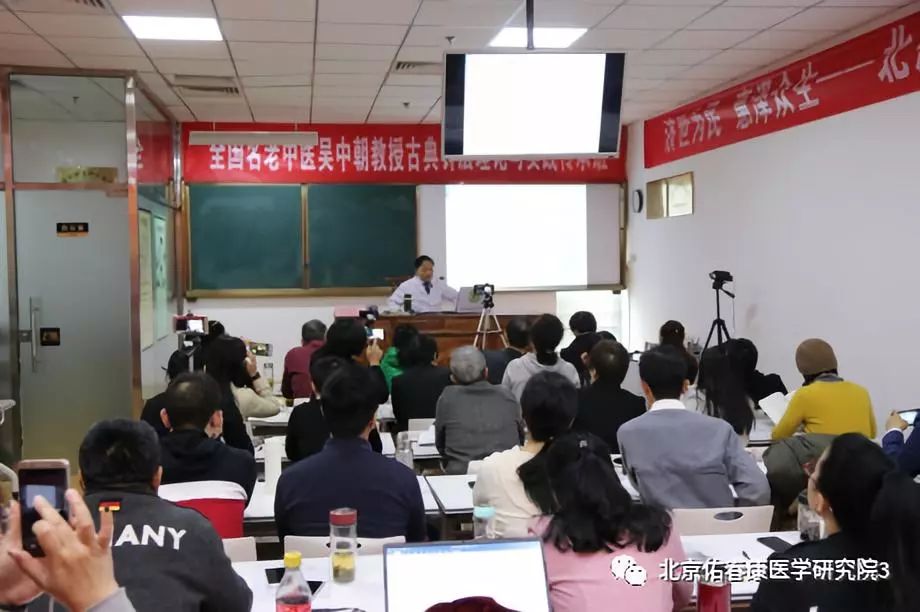
7. Prolonged application of plasters can lead to increased local temperature and humidity, preventing the elimination of metabolic waste, which may irritate the local skin, causing itching and discomfort. If redness, blisters, or itching occur, discontinue use. In severe cases, appropriate treatment should be sought.
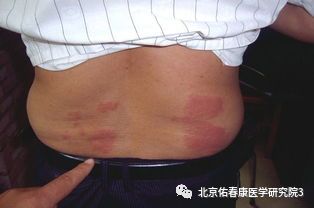
8. Do not use plasters on broken skin to avoid purulent infections.
9. After removing the covering film from the plaster, avoid touching the medicinal part with your hands to prevent contamination. Generally, plasters are for single use and should not be reapplied multiple times to avoid local infections or failure to achieve the desired effect.
4. Method for preparing decoction pastes:
1. Decoction: Boil the processed medicinal materials with water, bringing to a boil and then simmering for about 2 hours to extract the juice. Repeat this process 2-3 times, combine the decoctions, filter, and let sit overnight to obtain the supernatant for concentration.
2. Concentration: Heat the supernatant to evaporate until a 1:1 concentration is reached, filtering and removing foam as needed.
3. Adding sugar: Place the specified amount of sucrose, rock sugar, or honey in another pot and dry-fry until fully dissolved, turning yellow and starting to foam until blue-white smoke appears. Alternatively, use a sugar-water ratio of 2:1 (e.g., 5 kg of sugar with 2.5 liters of water), boil for about 30 minutes, adding 0.1% tartaric acid, stirring evenly, and simmering for 2 hours. The purpose of adding tartaric acid is to promote the conversion of sucrose into glucose and fructose. This method is easier to control, safer, and less labor-intensive, preventing sugar from burning easily. Honey used is refined honey.
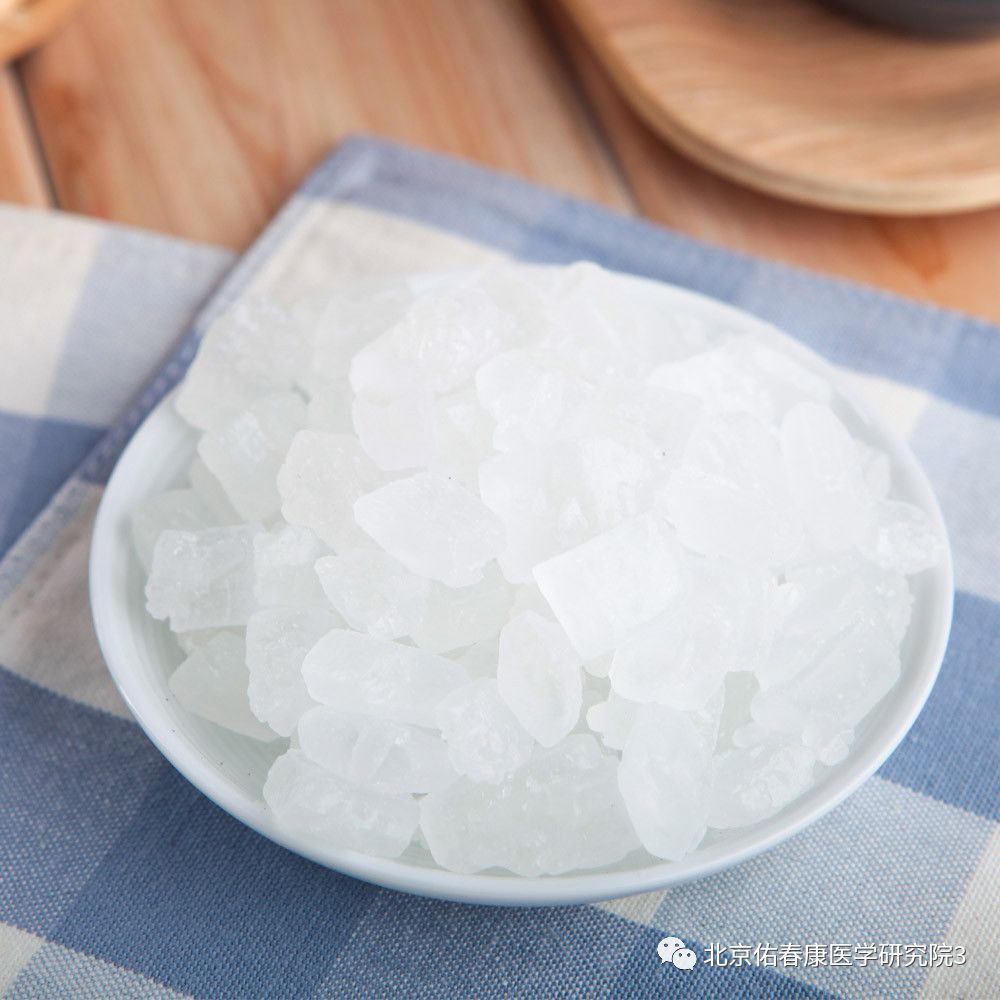
4. Collecting the paste: Add the refined sugar or honey to the concentrated herbal juice, continue heating over low heat until it thickens. When lifted with a stick, the paste should flow down in thin sheets or, while hot, drop the concentrated liquid onto mulberry paper until no water marks appear around the paste. Remove, cool, and store in a clean, dry, sterilized wide-mouth bottle, sealing it for future use.
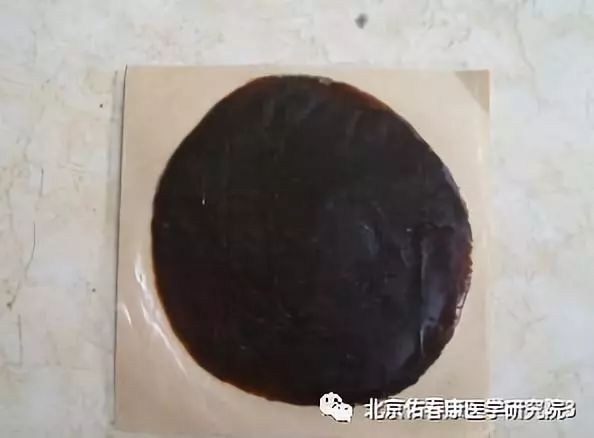

Lesson
Wind
Hall
Color
